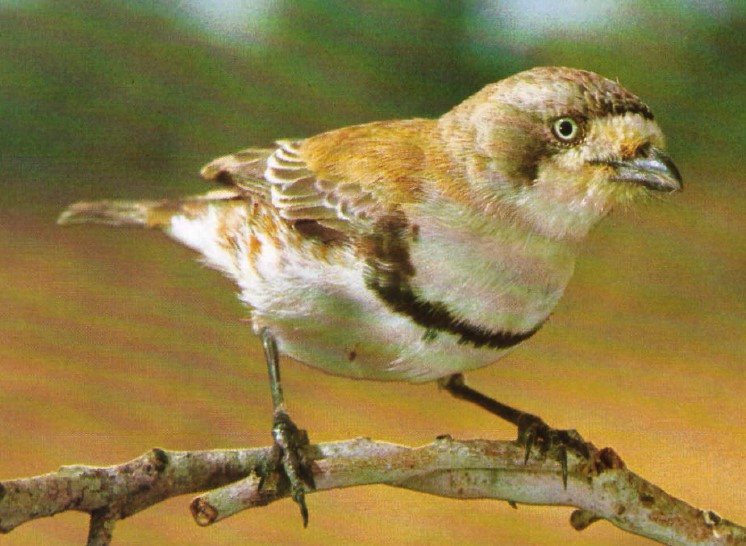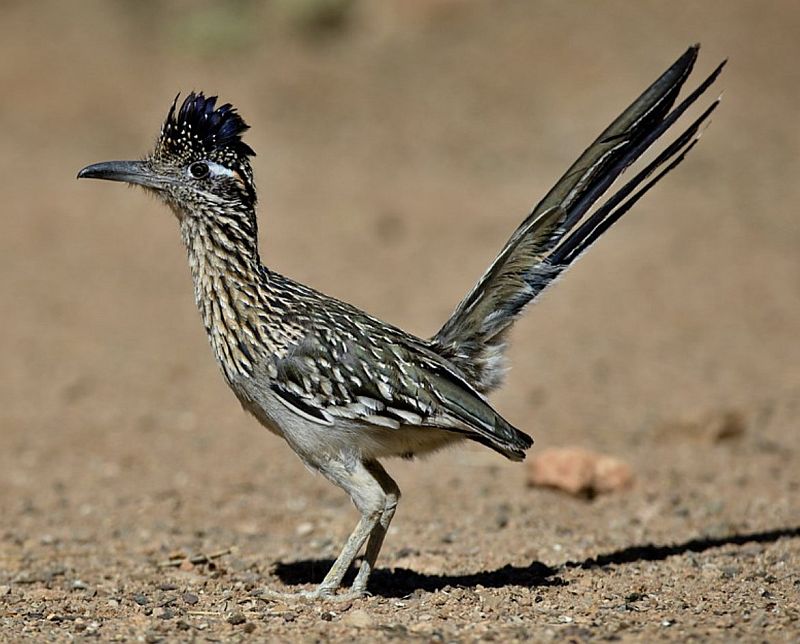Banded whiteface is a gregarious bird like other white faces. The banded whiteface is a local nomad, wandering about in small feeding parties and often mixing with other species. Its range overlaps the other whitefaces on the steppes of far-inland Australia, but the Banded generally keeps to the most desolate, bare gibber-plains and sandy ridges, with few shrubs and almost no trees.
There, it forages on the ground in short hops, picking up seeds, spiders, and insects that provide its water. Nesting may be communal, with several pairs building nests close by and both parents and helpers feeding the young. Males have a breeding song-flight, rising to flutter and sing, then dropping back to cover. Black-banded Whiteface and Black-banded Squeaker are other names for this bird.

The size of the banded whiteface is about 110–120 mm in length. There is no difference between the sexes. The crown is gray-brown, flecked dusky; the rest of the upper parts are bright cinnamon-rufous. Wings gray-brown, secondary’s, and coverts edged cinnamon-white. The tail is dusky with a white tip. Forehead and face white, separated from the crown and ears by a dusky line in front of the eyes. Underparts are off-white with a narrow black band across the breast and rufous flecking on the flanks. Eyes are white in color. The bill is black in color, while the feet are dusky.
The immature bird resembles adults. The call of Banded Whiteface is staccato twittering, in contact, more tinkling than in Southern Whiteface. However, the song of Banded Whiteface has soft, weak bell-like notes, often in flight. The nesting and breeding seasons last from February to August, influenced by rain. Nest a large globe or cylinder with a long entrance tunnel; made mostly of densely interlocked small twigs; lined with feathers and down; in the bush or low tree, 1-2 meters up.
The bird lays 2 to 4 dull white to light brown eggs, which are thickly freckled with red-brown blotches. The eggs are oblong-oval in shape and measure about 18 x 13 mm. It is found in saltbush plains and low spinifex ridges in central Australia, from the central Lake Eyre basin, Queensland, Southern Australia, to southern Pilbara, Western Australia.
Read More: Painted Firetail (Emblema pictum)







